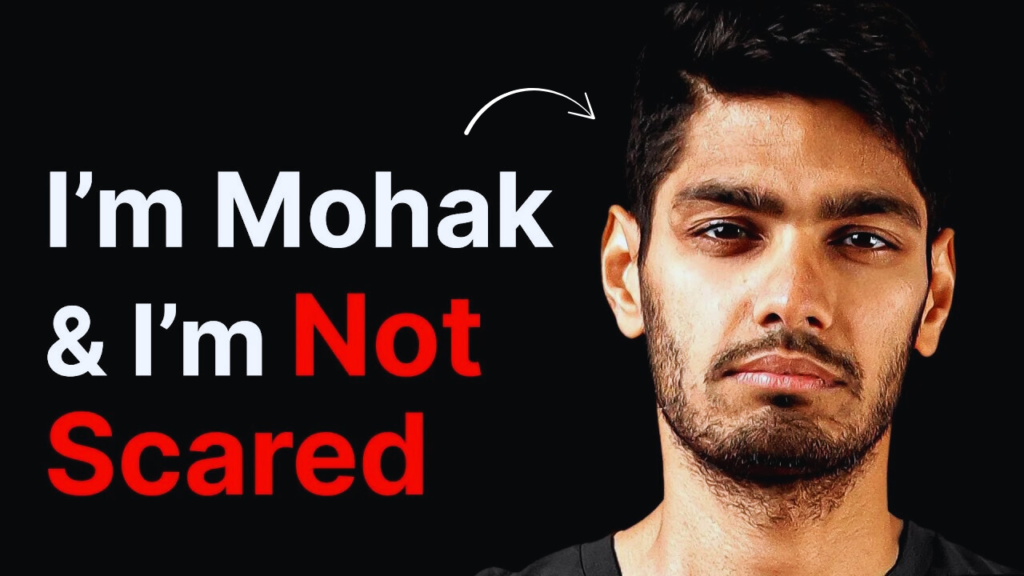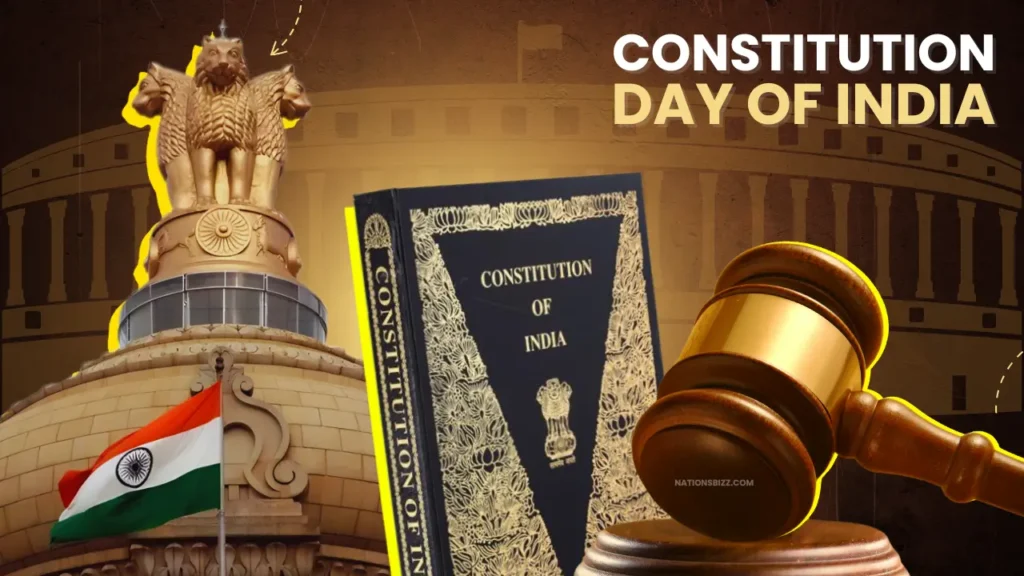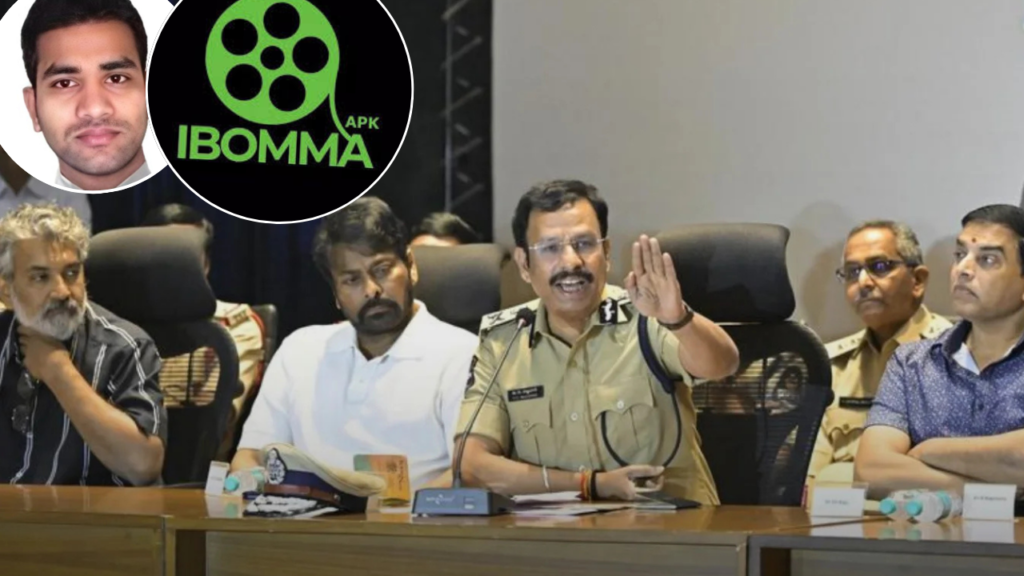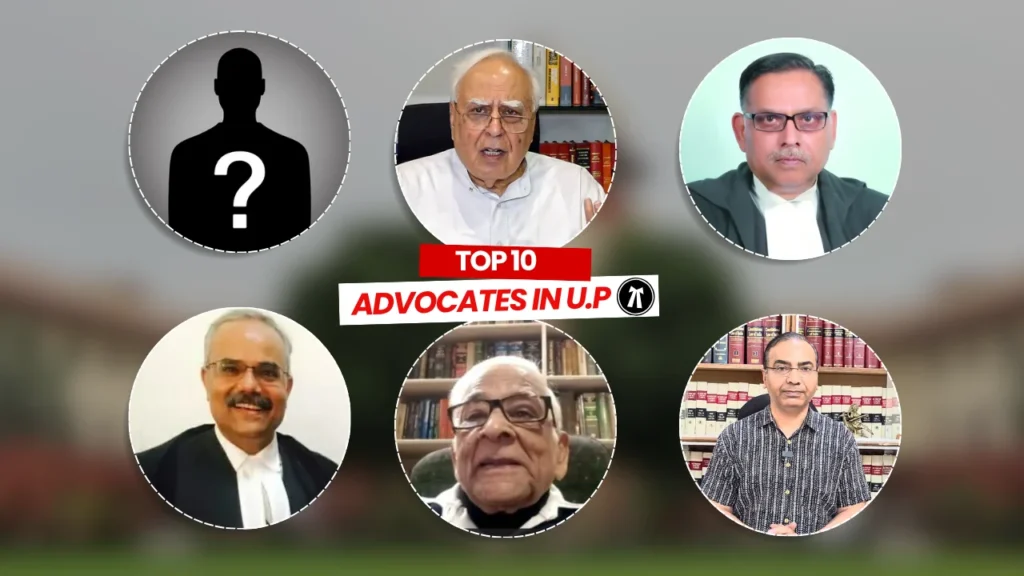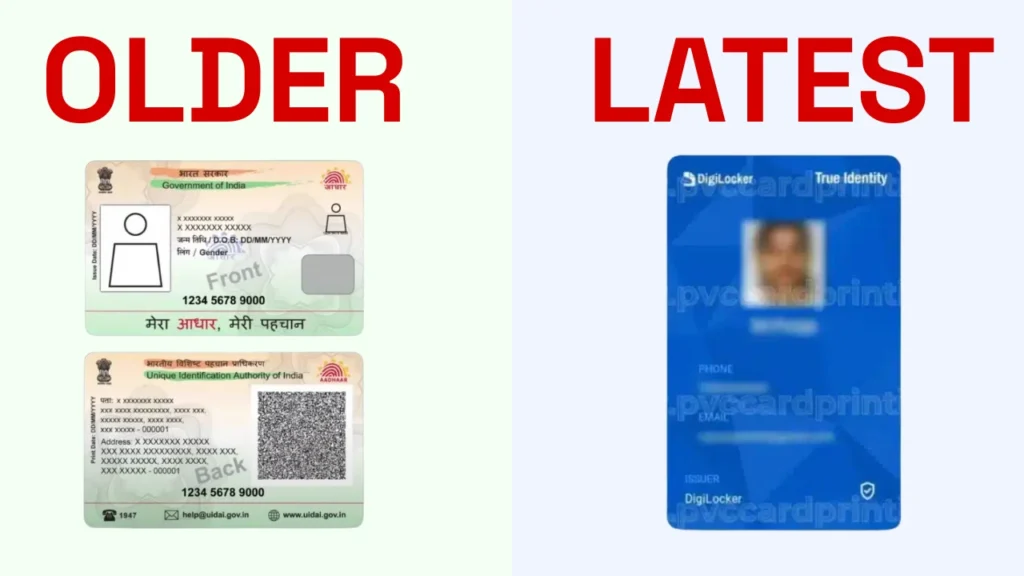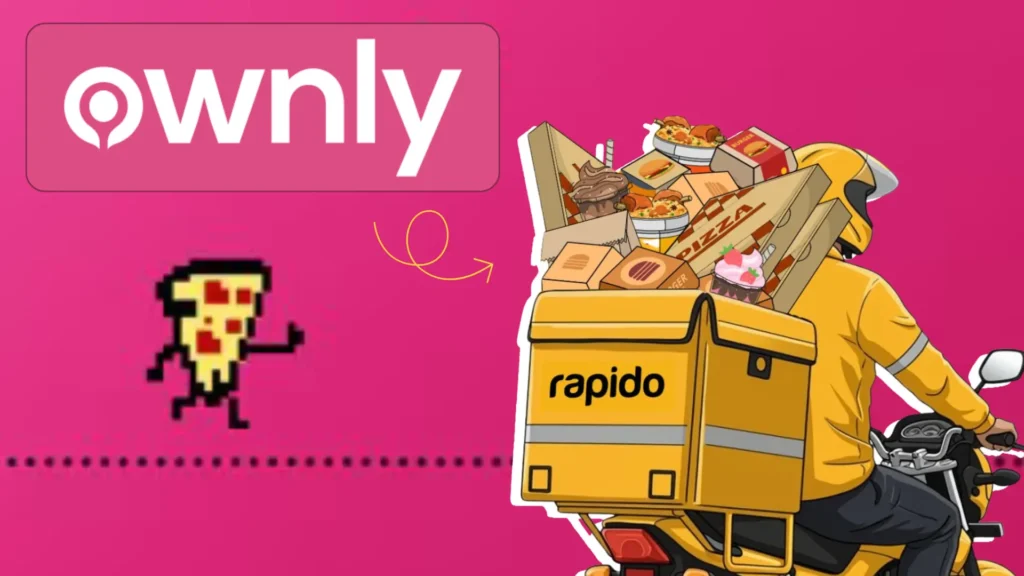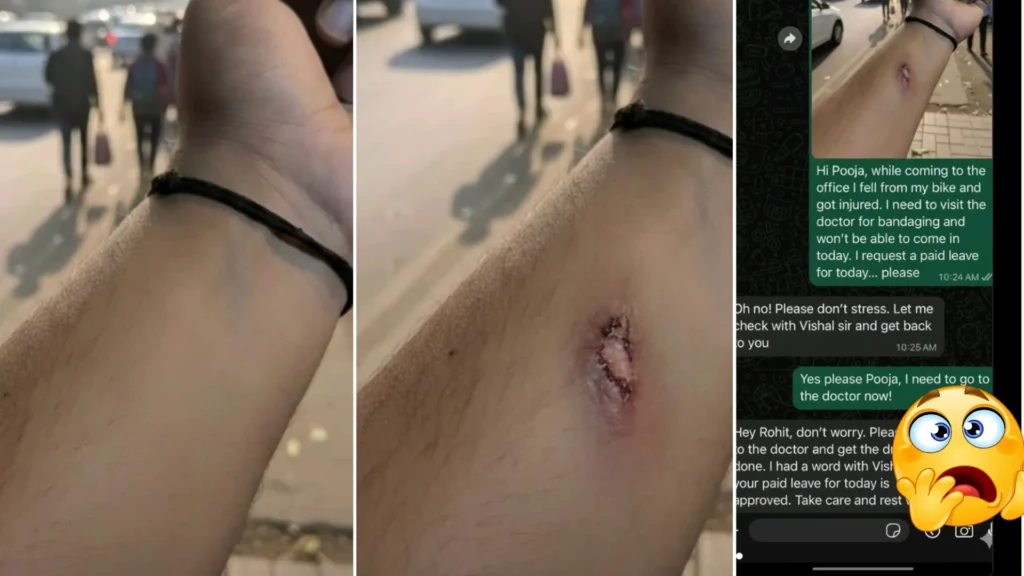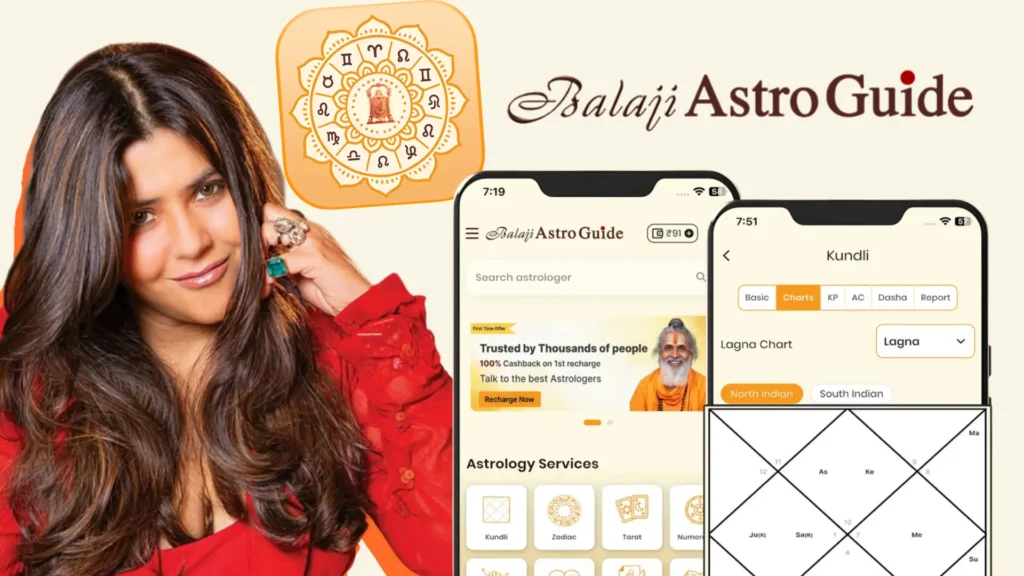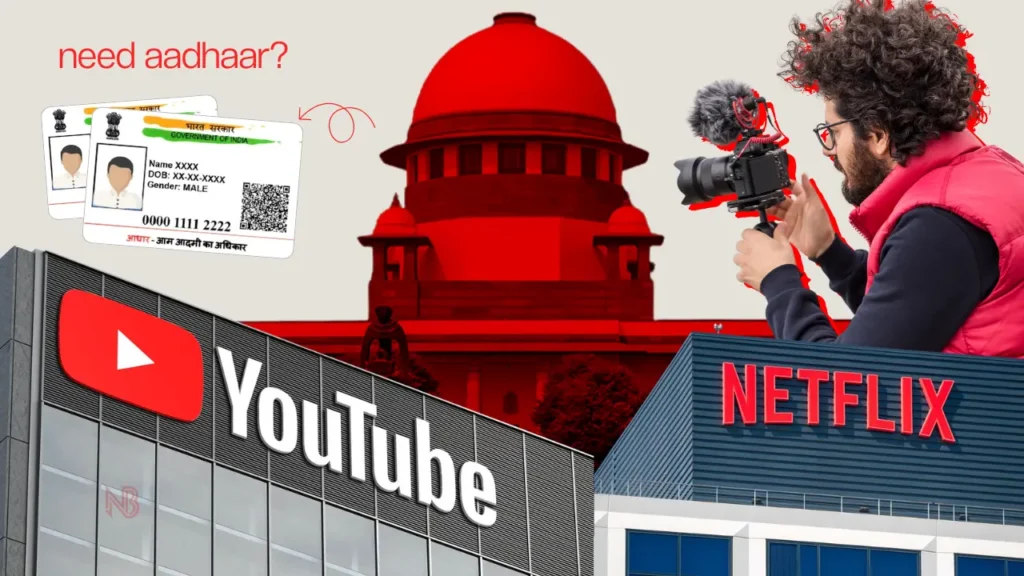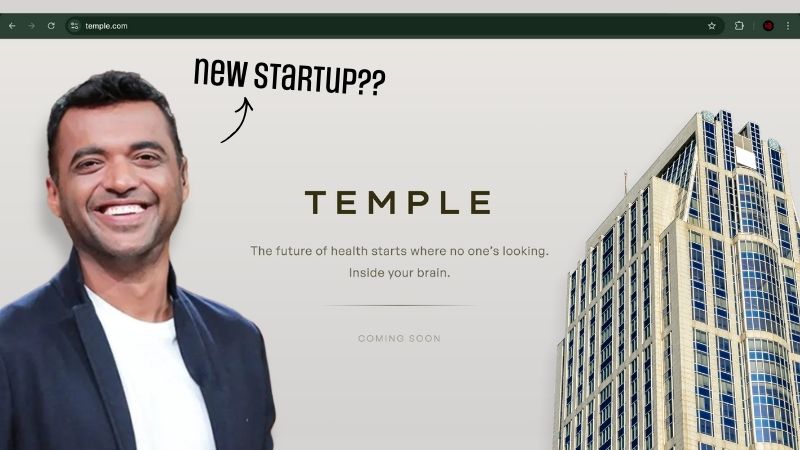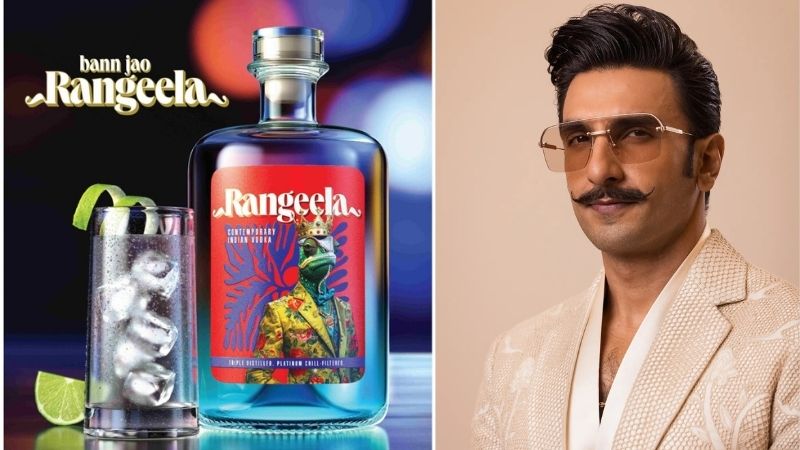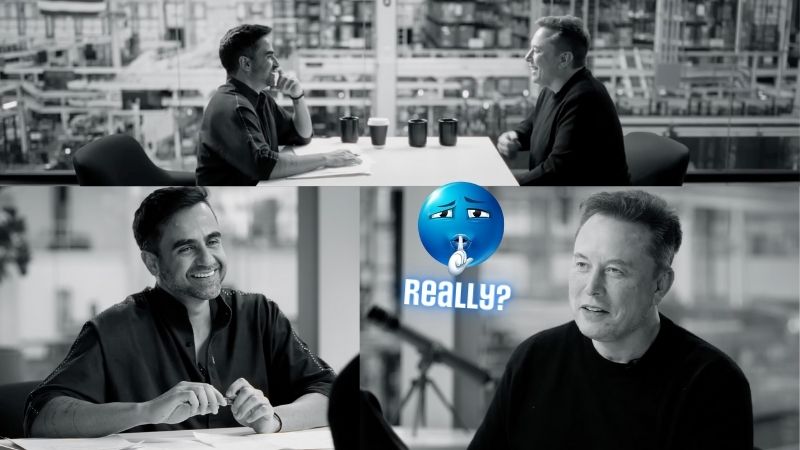From Childhood Struggles to a New Fight
In 1992, a child was born into a family shattered by the Harshad Mehta stock market scam. His father’s brokerage firm collapsed overnight, leaving the family with crushing debt. Yet, his parents never gave up. They toiled day and night to make sure their son could build a future where he wouldn’t have to beg or bow before anyone. Thirty years later, that child grew into a popular YouTuber — and now, he’s fighting a new kind of scam, not in the stock market, but in the digital world.
The First Blow: Copyright Strike for Just 11 Seconds
On May 20th, the YouTuber received a copyright strike from ANI (Asian News International). The reason? He had used just 11 seconds of a news clip in a 16-minute video discussing a public issue in Kolkata.
According to Indian and global copyright law, short clips used for commentary or news reporting fall under ‘fair use’. YouTube’s policy supports this. But ANI used this small clip as grounds to file a full-blown copyright strike, putting the creator’s channel in danger. This wasn’t a warning. This was a direct legal attack — and it was just the beginning.
Second Strike: Even 9 Seconds Was ‘Too Much’
Soon after, another copyright strike arrived — this time for using a 9-second clip of Defence Minister Rajnath Singh in a video titled Operation Sindoor, which was over 38 minutes long. Again, it was obvious the footage was used for public interest discussion, not theft or duplication.
Now with two strikes, the creator was staring at the threat of permanent deletion. Under YouTube rules, a third strike means your entire channel is removed — no second chances.
A Pattern of Abuse: Not Just One Creator Targeted
- After sharing his experience, other YouTubers came forward with similar stories. Many claimed ANI had filed multiple strikes against them too, and then demanded huge sums of money to remove them. This isn’t content protection. This is a racket.
- In one case, a YouTuber was given eight strikes at once — enough to shut down any channel. ANI then demanded ₹22 lakhs + GST to remove them. The creator eventually paid ₹18 lakhs + GST — just to save his channel.
- This is not copyright enforcement. This is extortion.
Exposing the Demand: ₹45 Lakhs to ‘Remove the Strikes’
- The whistleblower YouTuber then got in touch with the ANI official handling copyright matters. He was told to email a contact, who responded within minutes — not with a solution, but with a bill.
- They demanded ₹45 lakhs + GST to remove the strikes. The reason? According to ANI, this was the cost of a one-year subscription to use their clips — something the YouTuber had never signed up for, nor agreed to.
- This was not a warning letter. This was a direct pay-or-perish ultimatum.
What ANI Told Him: “We Don’t Claim Revenue. We Strike”
Most companies like T-Series or Times Now simply claim the ad revenue from videos that use their clips. But ANI proudly told the YouTuber, “We are different. We don’t claim revenue — we strike.”
They admitted this is their business model. Instead of sharing ad income, they weaponize copyright laws to force creators to either pay massive sums or lose their work.
The Final Offer: ₹30–40 Lakhs or Your Channel Dies
ANI then gave him two options:
- ₹30 lakhs + GST for a 1-year license
- ₹40 lakhs + GST for 2 years
They added that three more strikes were coming, and once they landed, the channel would be deleted. No negotiation. No legal process. Just a digital execution.
They even boasted that a famous YouTuber had already paid ₹50 lakhs for a similar license.
This Isn’t Copyright – This Is Extortion
- Copyright laws are meant to protect creative work — not to punish fair usage. What ANI is doing is misusing YouTube’s copyright strike system to blackmail independent creators. Using a few seconds of footage for commentary or news analysis is perfectly legal under fair use. But ANI is ignoring that, and instead using strikes as a money-making weapon.
- This is not content protection. This is a shake-down.
The Creator’s Response: Not Afraid to Stand Alone
- Faced with this demand, the YouTuber refused to pay. He said:
- “Even if my channel is deleted, I will not bow down to this kind of bullying. I’m smart and hardworking. I’ll build again from zero — but I won’t sell my soul.”
- He wrote emails to the Prime Minister’s Office and the Information & Broadcasting Ministry, sharing all screenshots, emails, and recordings. He asked the government:
- “Is this kind of extortion acceptable in India?”
Conclusion: A Wake-Up Call for the Digital India We Believe In
- This case goes beyond one YouTuber. If news agencies can silence creators with copyright strikes and demand ₹40–50 lakh ransoms, freedom of expression is at risk.
- India is growing as a digital nation. Creators are its backbone. But if powerful companies use copyright laws to extort money and silence voices, that future is under threat.
- It’s time for the government, YouTube, and the public to say — enough is enough. Copyright is not a weapon. It’s a shield. And it’s time we protected the creators who speak truth to power.

